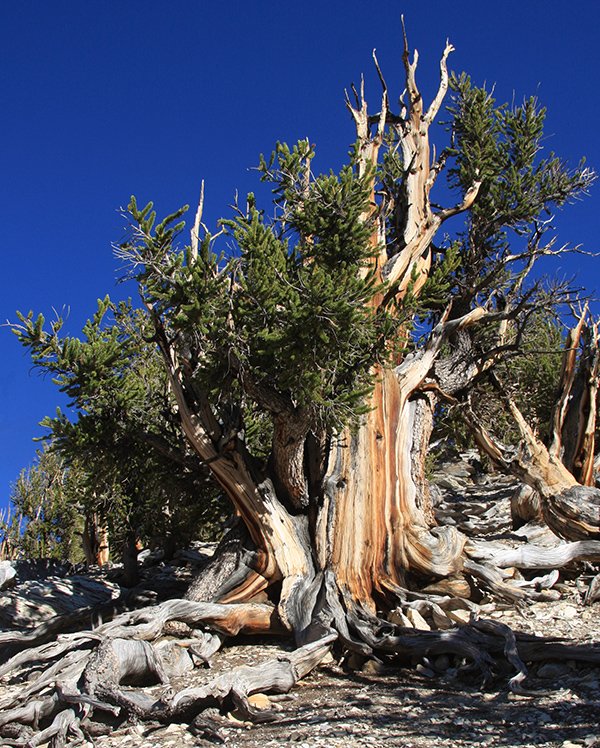How Old Are the Trees?
Hall of Life—Plant Exhibits
on August 1, 2016When considering the information we can glean from trees concerning the age of the earth, keep in mind that 4,300 years ago, the Genesis Flood disrupted the surface of the earth—and everything growing on it. It’s highly unlikely that any vegetation (other than seeds, spores, and floating mats of vegetation) would have survived this watery catastrophe. So, any age estimates need to fit within this framework.
Scientists have acquired “ages” from trees in several ways.
Rings
Rather than growing only annual rings, trees are now known to produce more than one ring per year under certain conditions. In some trees, 3–5 rings per year have been documented, while certain pines have been shown to produce 2–6 rings per year. (J. Woodmorappe, “Collapsing the Long Bristlecone Pine Tree Ring Chronologies,” Proceedings of the Fifth International Conference on Creationism. Creation Science Fellowship, 2003, pp. 491–503)
Cross-Matching
In some cases, scientists compare rings of different trees (for instance, bristlecone pines), attempting to correlate growth rings. These comparisons have yielded a record of 8,000+ years.
However, several factors can affect the correlation. For example, earthquakes, soil conditions, insect infestations, and atmospheric conditions (e.g., high volumes of CO2) could cause some bristlecones to show different growth rings from others growing at the same time. When these factors, along with other assumptions, are taken into consideration, the “ages” of these trees fall by at least half, bringing them in line with a biblical timeframe. (J. Woodmorappe, “Collapsing the Long Bristlecone Pine Tree Ring Chronologies,” Proceedings of the Fifth International Conference on Creationism. Creation Science Fellowship, 2003, pp. 491–503.)

By Dcrjsr, via Wikimedia Commons
Bristlecone pine located in Inyo National Forest.
Related Downloads
The dinosaur tree—problems Down Under!
Audio DownloadMuseum Guide
Are you exasperated by all the hype about "millions of years" in secular museums? The Museum Guide will help!
Browse Kids Book- © 2025 Answers in Genesis
- Privacy Policy
- Contact
- About

